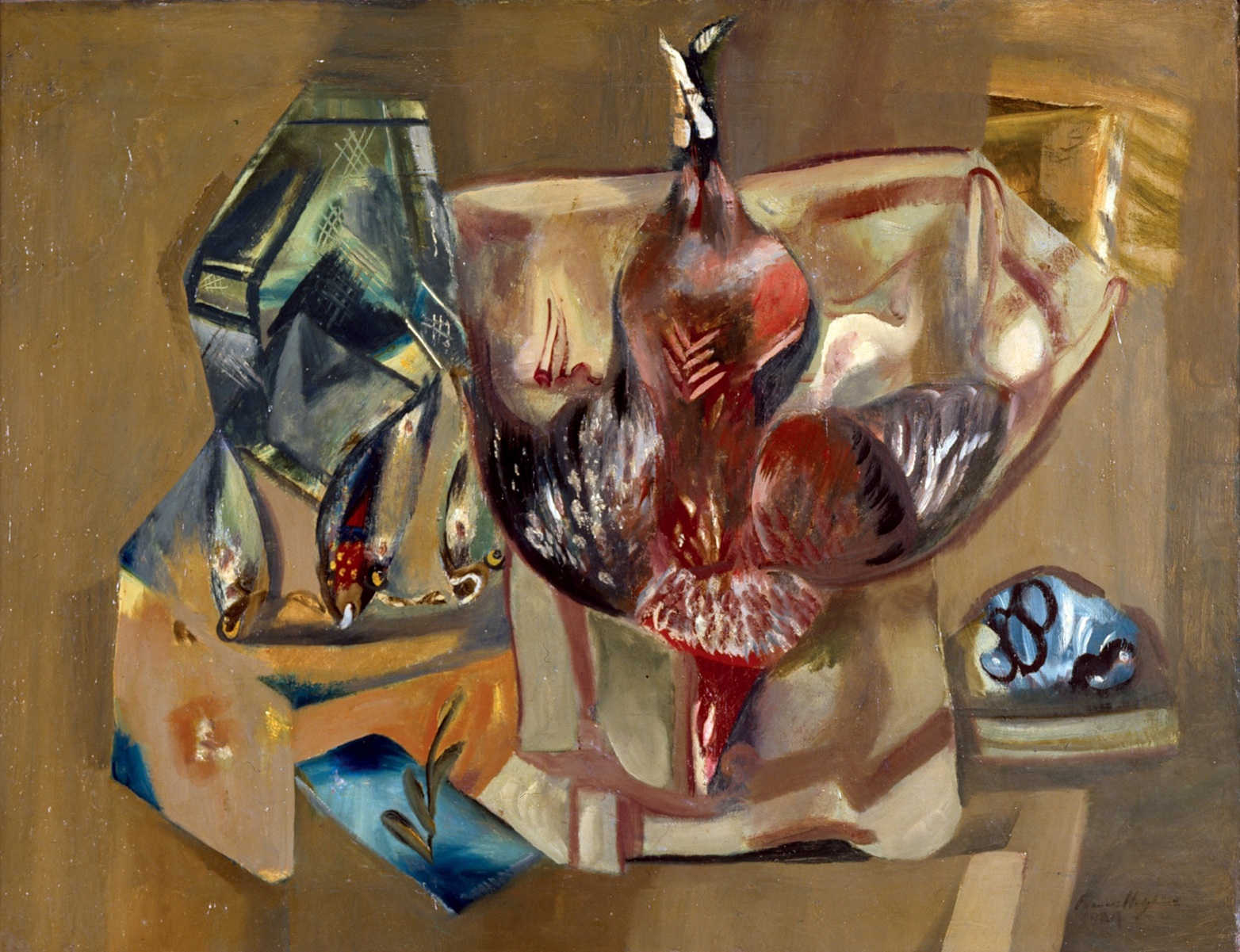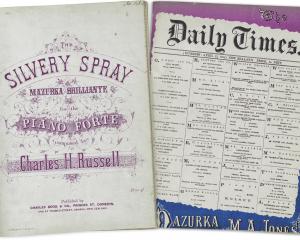
In 1924 Frances Hodgkins was living in Provence in the southeast of France. By this time, she had been living away from Aotearoa New Zealand for more than 20 years and spent the first five years of the 1920s moving between England and France.

Red Cockerel brings the austerity of Hodgkins’s post-war years in Europe together with her unrelenting quest for innovation and modernity. The painting captures the experimentation that sits at the heart of her work, as she merges cubism, expressionism and surrealism into a single composition.
Red Cockerel was Hodgkins’s most abstract painting to date, and she felt keenly the challenge that it presented. In her letters home she wrote frequently of her disappointment in the lack of interest in her experimental works, and she held few exhibitions at this time.
By the late 1920s, however, the world was catching up with Hodgkins’s modern vision. Back in England, she was becoming more widely recognised and acknowledged as a leading figure of British contemporary art of the day. She was exhibiting alongside artists including Barbara Hepworth, Ben Nicholson, and Henry Moore, who were all part of the London-based Seven and Five Society (est. 1919).
As a group credited for helping initiate an abstract art movement in Britain, works such as Red Cockerel would have clearly established Hodgkins’s status as an artist committed to progress and innovation. She was invited into the Seven and Five Society in 1929 and remained a member of the society until 1934.
The momentum of Hodgkins’s artistic practice continued to build and in 1939 she was selected to represent Britain at the 22nd Venice Biennale. Due to the outbreak of World War 2, Britain ultimately cancelled its presentation. However, the works were exhibited in London in 1940. By this time Hodgkins was being described as a ‘‘painter of genius’’ - a far cry from her despair at the reception to her earlier forays into abstraction with works such as Red Cockerel.
In 1957 Red Cockerel was purchased for the collection of Dunedin Public Art Gallery by the Dunedin Public Art Gallery Society. It is the most radical painting by Hodgkins in the gallery’s collection, marking a critical moment of change within the career of Ōtepoti Dunedin’s most famous artist.






![‘‘Neil’s Dandelion Coffee’’. [1910s-1930s?]. EPH-0179-HD-A/167, EPHEMERA COLLECTION, HOCKEN...](https://www.odt.co.nz/sites/default/files/styles/odt_landscape_small_related_stories/public/slideshow/node-3436487/2025/09/neils_dandelion_coffee.jpg?itok=fL42xLQ3)





